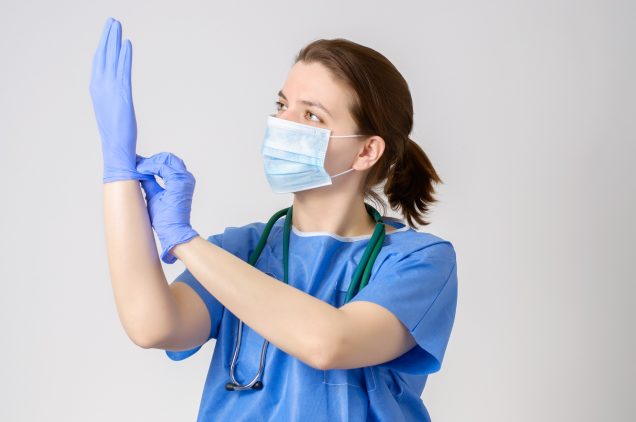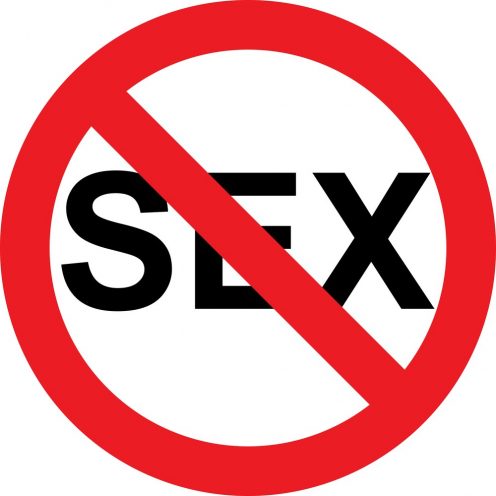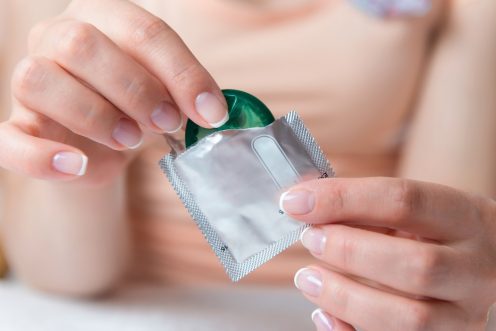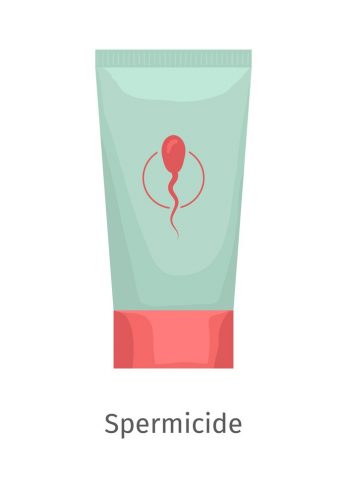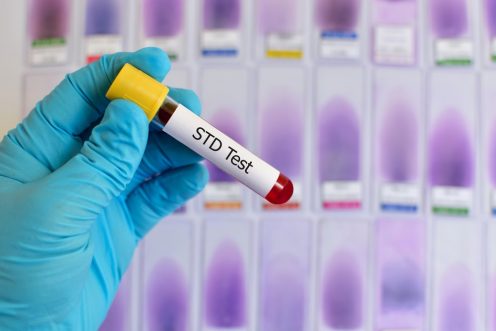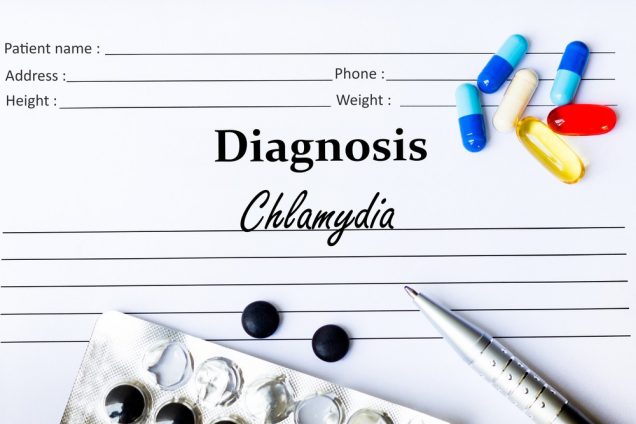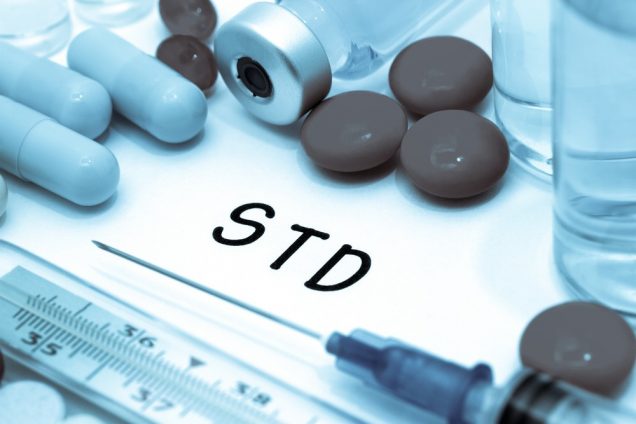Chlamydial Infection Prevention
Chlamydial Infection Prevention and Risk Reduction
Chlamydia is a common sexually transmitted disease. This means that it is transferred by different types of sexual intercourse that includes oral, anal and vaginal intercourse that involve the exchange of body fluids.
Unfortunately most of the time chlamydia will not have strong or noticeable symptoms and this means that most of the time it will go unnoticed and untreated. But if you feel pain during sex, if you notice abdominal pain and abnormal vaginal discharge if you are a woman then it is time to get tested for chlamydia.
Men will notice pain while urination and will have some discharge from the penis. They could also some pain and swelling in the testicles. Chlamydia is not transmitted by kissing, sharing towels or personal products, toilet seats or touching infected people.
Of course the best way to stay away from chlamydia is to prevent it in the first place. Here are the best ways that you can use to stay free from chlamydia.
- Limit your sexual activity

Having sex with multiple partners puts you in higher risk for chlamydia. This is because a lot of people might have the infection and will not show any symptoms. This means that you should be careful about who you are having sex with. The infection can get to you even if you have bodily fluids from an infected person on your hand and they somehow get to your genitals. - Use latex condoms
 These will not eliminate your risk completely but will definitely help. You should put on the condom correctly leaving enough space at the tip to catch the semen. If a man is performing oral sex on a woman, he can use a dental dam for protection. You should be careful about the quality of condoms you are using because if they break during sex, your infection risk will increase. Condoms should be used for vaginal or anal intercourse. Condoms could also be applied to sex toys if they are shared between users as they can spread the infection.
These will not eliminate your risk completely but will definitely help. You should put on the condom correctly leaving enough space at the tip to catch the semen. If a man is performing oral sex on a woman, he can use a dental dam for protection. You should be careful about the quality of condoms you are using because if they break during sex, your infection risk will increase. Condoms should be used for vaginal or anal intercourse. Condoms could also be applied to sex toys if they are shared between users as they can spread the infection. - Use water-based spermicides
 This will help with condoms in reducing the risk for chlamydia but only if you are having vaginal sex. In case of anal or oral sex these are not very effective.
This will help with condoms in reducing the risk for chlamydia but only if you are having vaginal sex. In case of anal or oral sex these are not very effective. - Avoid douching
 Douching is an unnatural practice that disturbs the natural bacteria found in the vagina. Women who practice douching think that they are keeping their vaginas clean while they are actually disturbing the natural PH balance of the vagina. The vagina is self-cleaning and douching does more harm than good. Women who practice douching are usually more prone to STDs like chlamydia.
Douching is an unnatural practice that disturbs the natural bacteria found in the vagina. Women who practice douching think that they are keeping their vaginas clean while they are actually disturbing the natural PH balance of the vagina. The vagina is self-cleaning and douching does more harm than good. Women who practice douching are usually more prone to STDs like chlamydia. - Get regular checks
 Some people are in more risk for chlamydia than others. This includes young people and people who engage in sex with multiple partners without using enough or regular protection. The high risk requires regular screening as most of the time there will be no symptoms. Pregnant women should also be tested for chlamydia since the infection could be passed on to their babies. This is important if the mother or the father is infected.
Some people are in more risk for chlamydia than others. This includes young people and people who engage in sex with multiple partners without using enough or regular protection. The high risk requires regular screening as most of the time there will be no symptoms. Pregnant women should also be tested for chlamydia since the infection could be passed on to their babies. This is important if the mother or the father is infected. - Having sex with only one uninfected partner whom only has sex with you (mutual monogamy).
- If you have an STD, don’t have sex (oral, vaginal, anal) until all partners have been treated.
- Prompt, qualified and appropriate medical intervention, treatment and follow-up are important steps in breaking the disease cycle.
- Know your partner(s). Careful consideration and open communication between partners may protect all partners involved from infection.
How is chlamydia diagnosed?
The doctor will generally use a swab to collect a sample from the urethra in men or cervix in women to test for the causing bacteria if they report some of the symptoms. In some cases a urine analysis will be used to see if the bacteria are present in urine. There are a few symptoms that show that you might have chlamydia and will encourage you to seek medical help fast:
- Burning sensation while urinating.
- Abdominal pain.
- A discharge from the vagina, penis or anus.
- Pain after sex in women.
- Blood between periods in women.
- Heavy bleeding during periods.
How is chlamydia treated?
Usually the doctor will prescribe antibiotics that will treat your chlamydia like azithromycin or doxycycline and this will make the condition clear in a matter of a week or 2. You should still take your antibiotics even after you have felt better.
What happens if chlamydia is left untreated?
- Chlamydia like other STDs will increase the risk of acquiring HIV so early diagnosis is very important.
- Chlamydia can cause reactive arthritis that causes inflammation of the eyes, joints and urethra. Even if the symptoms and pain go, this doesn’t mean that the infection is gone.
- Infected men might have reduced fertility when the chlamydia infects their testicles and the passages inside their penises.
- Chlamydia can infect the uterus and the ovaries which will reduce the fertility of women. The infection can lead to pain and inflammation in the pelvis and might increase the risk of ectopic pregnancy.
- Chlamydia also increases the risks of premature birth, stillbirth or miscarriage. The child might suffer from lung or eye infection if the mother has chlamydia.
Follow-up
- Take all medications-even if you start to feel better before you finish the bottle.
- Treat all partners.
- Treat gonorrhea if it is not ruled out.
- Inform all partners.
- Abstain from sex until all partners are treated.

